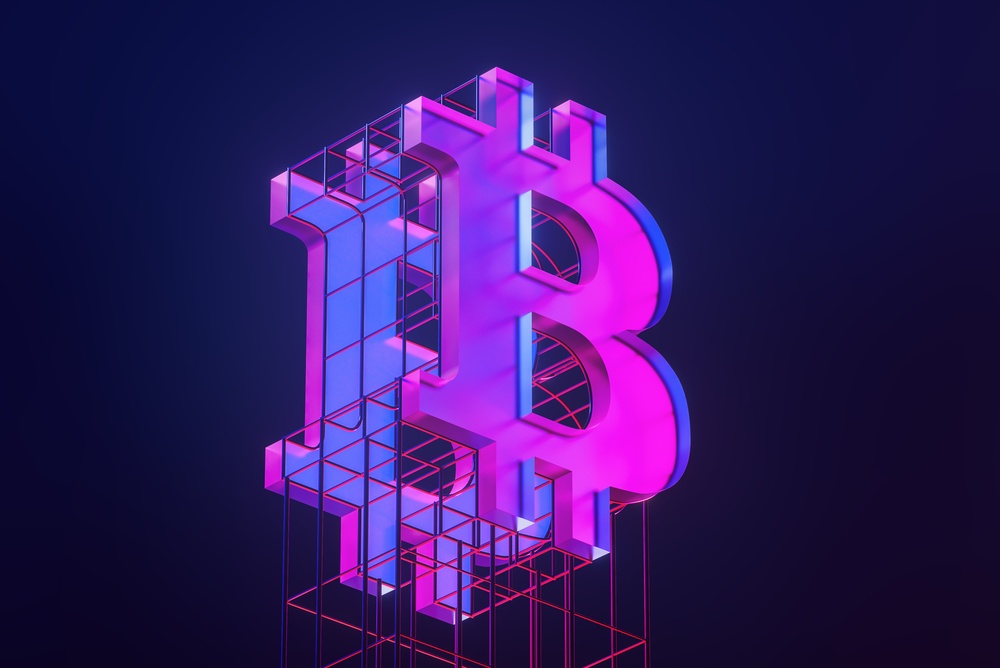
Bitcoin is digital money. Up until bitcoin existed, everything digital could be replicated. It was just a simple copy-paste job and you could have infinite of anything that existed online. Bitcoin was the first time that something could be both digital AND verifiably scarce. Since then, bitcoin has exploded in value, but what backs bitcoin?
Bitcoin is actually backed by nothing, but it can still have value. I know that sounds pretty nuts, but it’ll make sense when I explain it. If you look at the history of money and what makes money valuable, then you’ll start to see that it’s a good thing bitcoin is backed by nothing. When you start to understand how bitcoin works, then you’ll understand that if bitcoin was backed by anything it wouldn’t work.
What Is Bitcoin Backed By?
Without fail, one of the first protests about bitcoin’s valuation is that it’s “backed by nothing”. To this, I say, “Great!”. Bitcoin is actually backed by nothing because it is money, and money is backed by nothing at all.
Something becomes money because of its inherent qualities, not because it is supported by the scaffolding of some else propping it up. Money proxies are backed by money, like when the dollar was backed by gold.
(Actually, Bitcoin Is Backed By Nothing)
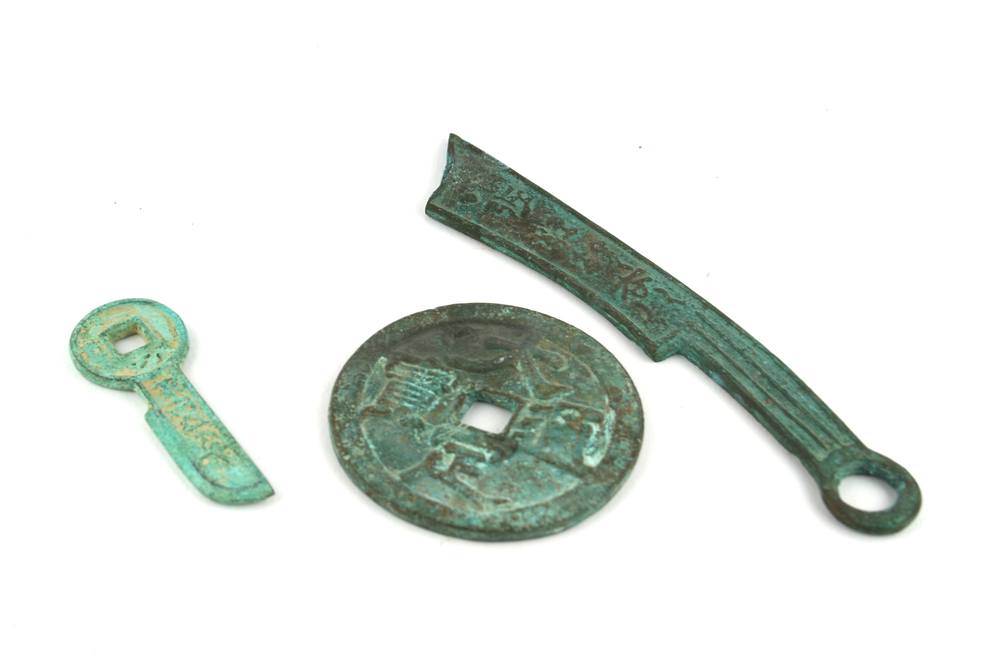


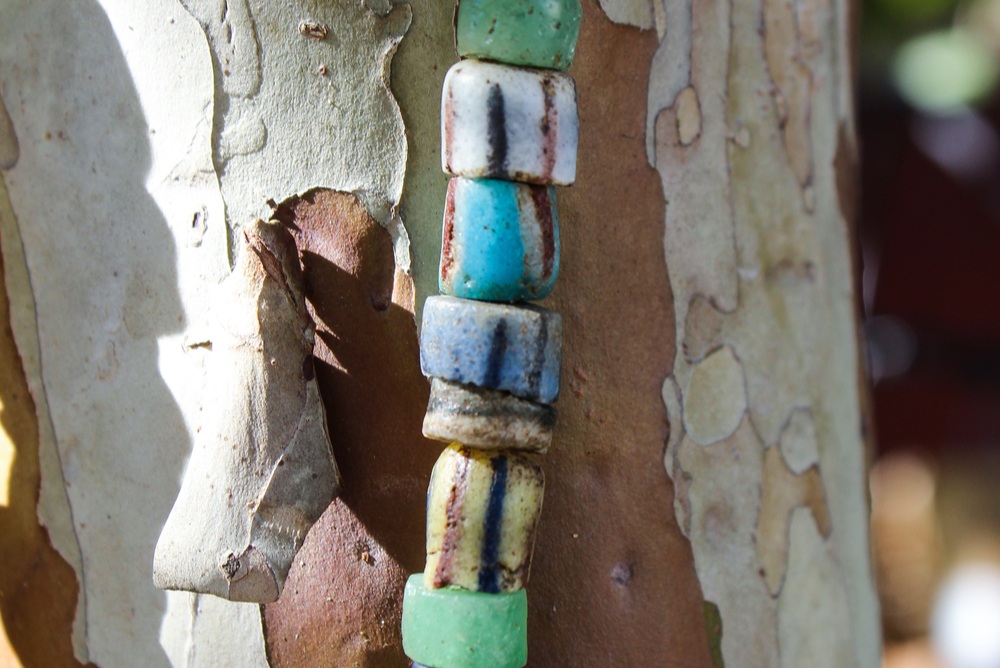
The 6 Properties of Money
What makes money function properly can be described through six basic properties. These properties are not declared by any central authority. There are inherent to the thing and unchangeable, which makes money good for using between parties with a low level of trust.
I don’t need to trust you that a bead will not melt in the sun, because a bead has the inherent qualities of the shell it was carved from. I don’t need to trust you that a copper coin will fit more easily into my pocket than a goat because I cannot change how physics works.
- durability
- divisibility
- portability
- verifiability/recognizability
- fungibility
- scarcity
Some people expand this list to include as many as 13 different properties, but in my opinion, these lists can often be distilled down further or explained in some other way. For example, you’ll often see acceptability as a property of money, but I disagree with this one because merchants accepting payment in a type of money comes as a result of the properties and it is not an inherent quality.
You may also see verifiability and recognizability listed as two separate properties, but I count them as one, since being able to easily recognize money is in fact a verification process.
The History Of Types Of Money
There have been many types of money throughout history, and multiple types of money can coexist at the same time. Each type of money has certain tradeoffs and may be appropriate in some situations, while not in others.
For example, in ancient history cattle were used as a medium of exchange and store of value alongside gold. Cattle could be milked or eaten, so they were valuable. The benefit of having a cow is that it was a cash producing asset, in that you could milk it consistently over a period of time and collect dividends (the milk). Cows are also relatively portable compared to other types of valuable assets, since they are animals and can walk!
Cattle are also durable, since they can survive bad weather and live for many years. They are also very recognizable, and relatively easy to verify the quality.
The downside is that cows are not divisible unless you slaughter them, which removes the dividend-paying quality. They are also susceptible to disease and are expensive to maintain. Cows are also not very fungible, since one cow may be higher or lower quality than another cow, so are not always 100% swappable, equal units of measurement.
When you consider all types of money, historical or present, each one displays the properties of money to a high or low degree.
Utility Comes With A Monetary Premium
Certain types of tools can also have a monetary premium which adds cost on top of the utility value. The best example of this is real estate, where people buy homes or land in order to store value and grow the purchasing power of their money over time. The value of the home for pure utility, i.e. protecting yourself from the elements and keeping you safe is different from the price paid, because there is extra competition from investors to use real estate as a store of value.
Our current real estate markets would look a lot different if the only people buying homes were the ones actually living in them!
Precious metals, including gold are another example of a tool with a monetary premium. Although gold used to be a pure money, it now has utility in computers and other sciences.
Bitcoin & The Properties Of Money
Let’s evaluate Bitcoin. How does its monetary properties stack up?
(1) Is bitcoin divisible? Yes, down to 100,000th of a unit, called a satoshi
(2) Is bitcoin portable? Yes, you can put your signing key in your pocket, or store 12 words in your head. You can also transfer it to anyone with a smartphone.
(3) Is bitcoin durable? Yes, it’s digital, so it cannot be destroyed. The network is distributed, so taking down one node or one miner won’t prevent its function.
(4) Is bitcoin verifiable? Yes, by running your own node you can personally verify that all incoming bitcoin transactions are adhering to the rules of the network.
(5) Is bitcoin fungible? Yes, but bitcoin isn’t a smashing success here. According to the rules of the network, and on the open market, all equal amounts of bitcoin are fungible. The issue is that because bitcoin is an open ledger, you can trace all transactions back through their entire history. This means that if bitcoin was used for an illegal activity or other undesirable reason, it’s possible you could have “tainted” coins. You can also blacklist addresses from exchanges, or associate addresses with human identities using blockchain analytics. Bitcoin is mostly fungible in practice, but there are some potential hurdles here in the future.
(6) Is bitcoin scarce? Yes. It’s the scarcest money in the world because there’s a hard cap of 21 million coins, which cannot be changed without everyone in the network agreeing to devalue their current holdings. This is unlikely to happen.
The 7th Property Of Money
Actually, there’s a book called The 7th Property, which makes the case that Bitcoin has opened our eyes to a 7th property of money: immutability (more on that below). This reminds me of the four tastes: sweet, salty, sour, and bitter… then a Japanese scientist finally discovered the 5th taste: umami. Yes, folks, there are officially five tastes, and now there are seven properties of money.
So, what about this 7th property?
Immutability is the inability to be changed. Bitcoin will only ever have 21 million units, and its supply issuance schedule cannot be altered without all participants agreeing to make changes. This is unlikely, considering debasing bitcoin would immediately destroy one of the main value propositions of bitcoin.
Other monies have varying degrees of immutability. The US dollar, for example, is constantly inflated to lower and lower levels of purchasing power. There are some restraints on how new dollars are created and who can create them, but the supply does inflate based on policy changes.
Gold is much more immutable. You cannot create new gold. You can mine gold, but it requires resources to do so. You can’t make print gold with a vote or keystroke.
No government or corporation can print more bitcoin. Nobody can mine bitcoin faster than the block subsidy schedule allows for. As long as you are running your own node, nobody can change the rules of bitcoin without your consent and changing the rules of bitcoin is against the self-interest of every bitcoin holder.
The 8th Property Of Money
Some people have even proposed an 8th property of money, that of being censorship-resistant. We’ve seen a few poignant examples of how the government currencies are very susceptible to censorship in 2022. First Canada froze the bank accounts and financial assets of the trucker freedom protestors and the people who donated money to their protest. Then, the US and Europe kicked Russia out of the SWIFT system for invading Ukraine.
These were attacks on the financial sovereignty of citizens of a country, as well as other countries, as a means of coercion. Whether you believe these actions were justified or not, they put on clear display the fact that YOU DO NOT OWN YOUR MONEY.
With bitcoin, peer-to-peer transactions are extremely difficult, if not impossible to censor. Miners could blacklist certain transactions, but keep in mind that miners are decentralized around the globe. There’s probably always going to be a miner willing to include your transaction in a block for a high enough fee. Bitcoin is extremely difficult to censor.
Related Content
Gold Is Backed By Nothing
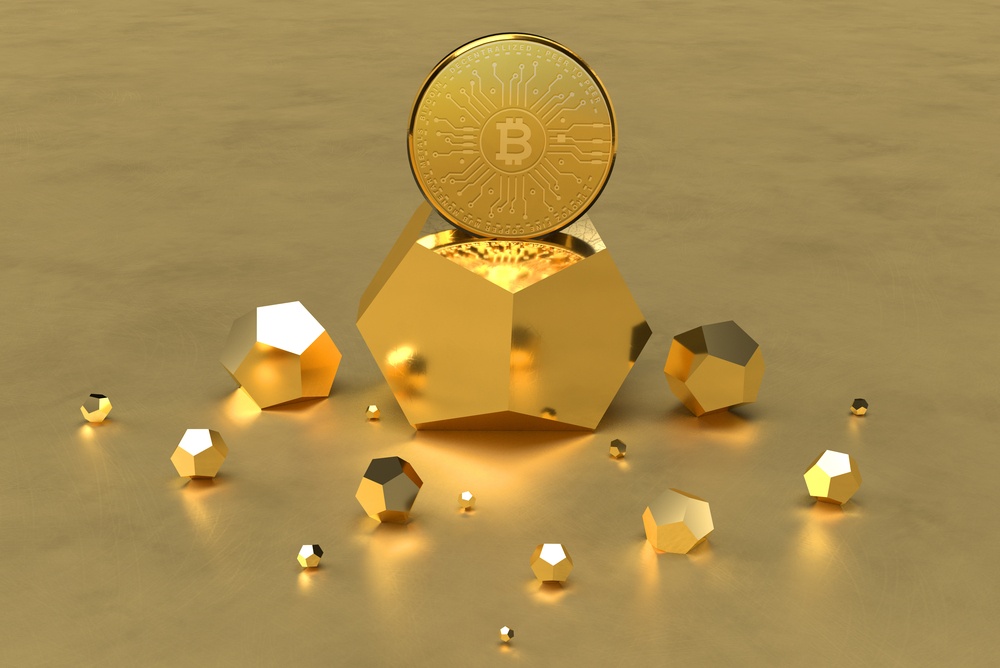
Throughout history, there have been many types of money, but the one pretty much everyone can agree on is gold. Even folks who believe the story that the US dollar is backed by “the US government”, or the ones who aren’t interested in hearing the history of wampum shells, African glass beads, and Yap Island stones can at least use gold as a starting point for understanding why bitcoin has value.
So, what is gold backed by?
The answer is: nothing.
There is no commodity behind the shiny rock that gives it value. There is no government or organization determining a fixed valuation or purchasing power.
DEMAND and SCARCITY are what give gold its value.
Many gold bugs say that gold’s value is derived from its utility, but those specific use cases in modern computing and aerospace technology are very recent in terms of the history of gold’s value as money. Gold has been used as money for 5,000 years, and computers have only been around for 50. In fact, there’s a term monetary premium used to describe the discrepancy between the value of gold as a commodity and the value of gold including its use as a store of value.
Gold is money regardless of its utility, and this is universally accepted across the world, in every culture, for as long as modern civilization has existed… and yet it’s backed by nothing. Gold is money because, like Bitcoin, it exhibits the properties of money: durability, portability, verifiability, divisibility, and scarcity.
True, gold has 5,000 years of history of being money, so the narrative is easier to buy into, but what is gold, really, other than a shiny rock?
What Are Dollars Backed By?
Let’s look at our current money: fiat paper currencies. I’ll focus on the dollar because it’s the most widely used and understood.
Originally, people used gold as money. I’ll get into why what was at the end of this article, but it’s pretty universally understood that gold was money for a long time. As the world became more globalized, however, gold became harder to transact in. It was hard to transport because it was heavy, and difficult to do small transactions.
Paper money backed by gold was the solution. Paper was easier to store, divide, and transact in, but you could always go to the bank and redeem your paper for the real stuff. This was where the idea of money being “backed” by something originated.
These days, the US dollar and other fiat currencies are not backed by gold. What are they backed by? There are a few different perspectives on this, with one answer being more correct than others, but all having some truth.
4 Common Response For What Dollars Are Backed By
Dollars are backed by nothing. You can’t exchange your dollars for anything other than goods and services. There is no underlying commodity asset behind the dollar. It’s just a piece of paper that represents value.
Dollars are backed by oil. The original Bretton Woods agreement from 1944 and the subsequent Petrodollar meant that all oil sales would be transacted in dollars. This meant there would be a consistent global demand for the dollar, thus propping up the value of the dollar. As long as the world needs oil, the dollar will have value.
Dollars are backed by a belief system. Since dollars are now just numbers on a screen that can be printed with a keystroke, the dollar system is a faith based system. People have faith that the United States government will continue to pay its debts, so there continues to be demand for dollars.
Dollars are backed by debt. The truth is, however, the dollar is backed by debt. The reason a dollar exists in the financial system is because the Federal Reserve creates “deposits” in commercial banks, then those dollars are lent out through fractional reserve banking. The dollar in your bank account exists because someone else took out a loan and paid you that dollar.
This has created a bizarro world situation where money is actually debt. With Bitcoin, the hope is that we can return to a hard money world where money is an asset, not a liability.
3 Things That Back Bitcoin
Though bitcoin is “backed by nothing”, there are a few properties of the bitcoin network that could potentially be described as backing bitcoin. These things are inherent to the way bitcoin works, and in part create demand by being unchangeable in nature.
1. Bitcoin Is Backed By Proof of Work
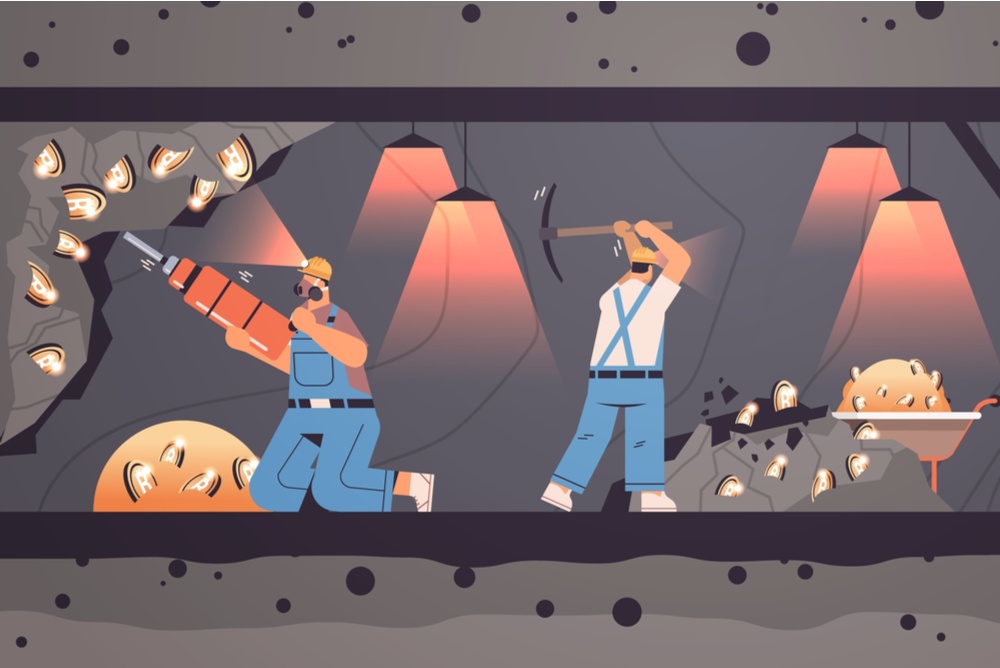
My favorite way to explain what backs bitcoin is proof-of-work mining because you can compare it with gold as a logical framework to start with. To extract gold from the Earth takes energy, through physical labor with a pickaxe or fuel energy with gas to run your digging machines. Gold has a cost to mine, and that cost is what makes gold valuable beyond what could be ascribed to its beauty.
In other words, if gold was abundant and readily available, even though it’s still beautiful due to its shininess and color, it would be less valuable. Gold is extremely valuable because it’s hard to find and extract.
It also takes energy to extract bitcoin. You need to burn computing power through electricity consumption to “mine” bitcoin. Bitcoin has value because it is cannot be created at will. It doesn’t matter whether you consider it useful or not, the fact that it cannot be forged and everyone agrees on this (you can verify it with your own node) is what makes it valuable.
You can’t get new bitcoins without the cost of electricity, wherever you choose to get it from.
Miners also provide the service of including transactions in blocks, ensuring that bitcoin sent from one person to another reaches its destination. This service they provide is paid for by fees from users.
When miners spend money to mine bitcoin, the assumption is that they’ll profit from the bitcoin they sell. In other words, there are buyers who are willing to pay for bitcoin, meaning that someone, somewhere, wants bitcoin.
2. Bitcoin Is Backed By Node Operators
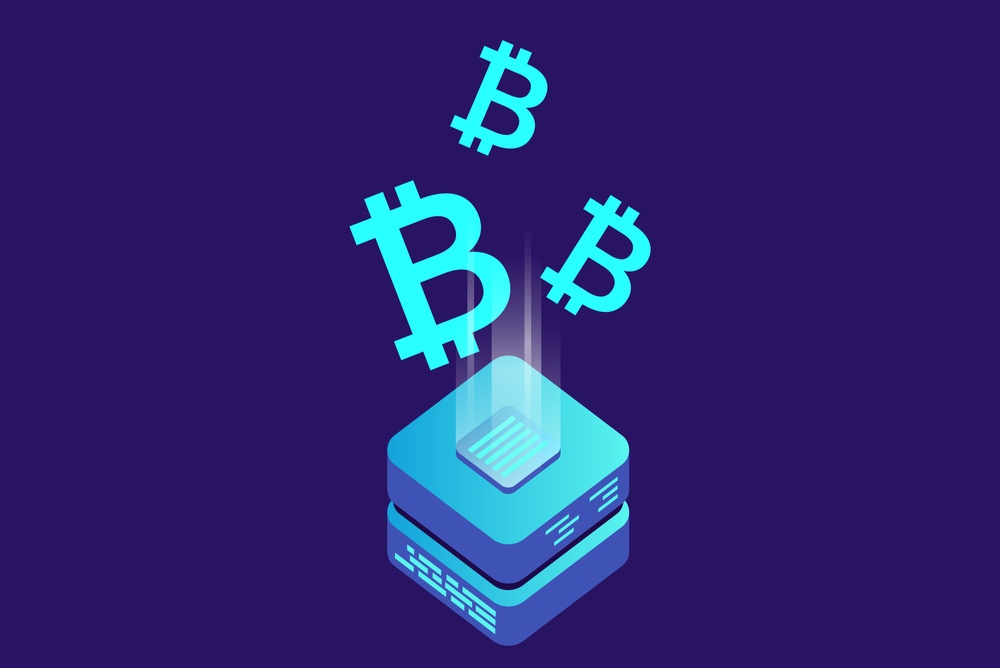
Running a node on the bitcoin network is relatively simple and cheap. For $200 and a couple of hours of your time, you can run your own bitcoin node in your home. While miners provide security for the blockchain, nodes enforce the rules of the bitcoin network. By running a node, you are verifying that the miners are producing valid blocks.
A node is mainly for your own benefit so that you can verify for yourself that the bitcoin you receive is legit, and so you aren’t borrowing someone else’s node to transmit your transactions (privacy concern), but together, the distributed nature of bitcoin nodes is how global consensus is achieved.
Without this global network of individual node operators, we would be relying on miners or corporate entities to enforce the rules of the network. Instead of using your own node to transmit and verify your own transactions, you’d have to send your information through a third party which could then censor or alter your transactions.
Without the qualities of being censorship-resistant and self-sovereign money, bitcoin loses some of its luster. In this way, being able to run your own node backs the most attractive properties of bitcoin as a money, thus giving it value.
This network of individual nodes keeping miners honest and working in concert to achieve consensus on the bitcoin network is potentially one other thing to consider that back bitcoin.
3. Bitcoin Is Backed By Market Demand

Bitcoin is just one type of money available to you. Alternatively, you could own precious metals, paper currency, government bonds, corporate bonds, real estate, collectibles, or even other types of crypto.
Bitcoin is traded globally, 24/7 in almost every country in the world and there is a constant demand for buying and selling bitcoin. People want bitcoin, therefore it has value.
Like any commodity, the price of bitcoin is decided by the relationship between buyers and sellers. When there are more buyers, the price goes up. When there are more sellers, the price goes down. You can speculate all you want about bitcoin being a bubble and make guesses about where the price will be in 20 years, but that’s what makes a market. You think something isn’t valuable, I think the same thing actually is valuable, then we place our bets and wait.
How do you think the entire stock market works? How do you think economics works? People buy stuff they think is useful and the people who do it best make money.
Bitcoin Is Backed By Buyers Of Last Resort
Bitcoin is backed by the fact that there is a certain type of person out there who will buy bitcoin no matter the the price. Of all the sellers on the market, nobody can be as idealist as a price agnostic buyer who is all in on the idea of sovereign, digital money – someone who will risk it all for a greater purpose. These people are the same who are unwilling to sell at any price (hodlers). They are not in bitcoin for the price gains. They are in it for the ideology.
You can disagree with the price, dislike the volatility, and have opinions about the future market of buyers and hodlers, but that doesn’t change the fact that bitcoin’s value is by pure market demand.
Further Education
- What Is crypto Decentralization And Why Bitcoin Stands Alone (Blog)
- What Is Bitcoin Backed By (Twitter Thread)
- What Backs Bitcoin (Article)
Frequently Asked Questions
Is Bitcoin Money?
Yes, bitcoin is money because it has the properties of money: divisibility, durability, portability, fungibility, verifiability, and scarcity.
Is Bitcoin Fairly Valued?
Bitcoin could be considered fairly valued at any point in time because that is the global price based on the number of buyers and sellers on that particular day. Because bitcoin is a global asset with markets in many jurisdictions, it’s much less likely to be subject to the regulations of a specific area, making price manipulation much harder. There are many people who claim that bitcoin is “undervalued” or “overvalued” based on models and valuation metrics, but these are speculation on what should be, not what actually is.
Why Does Bitcoin Have Value?
Bitcoin has value because it performs a function, namely to track, transfer, and secure ownership of value without intervention of a third party.
Does Bitcoin Have Intrinsic Value?
Bitcoin’s intrinsic value comes from its ability to securely and verifiably transfer information between two parties over the internet without the need for a trusted third party.
Can Bitcoin Be Backed By Gold
No, bitcoin cannot be backed by gold. There would be no way to verify that any amount of gold was located in any specific location and have that information transmitted over the internet without a third party. If you had $100 of “bitcoin backed gold” in Los Angeles, then sent it to an address in Hong Kong, how would the gold from LA get to Hong Kong? You would need a trusted gold custodian in both locations, manually updating their database and manually verifying the gold, which would defeat the purpose of the blockchain.
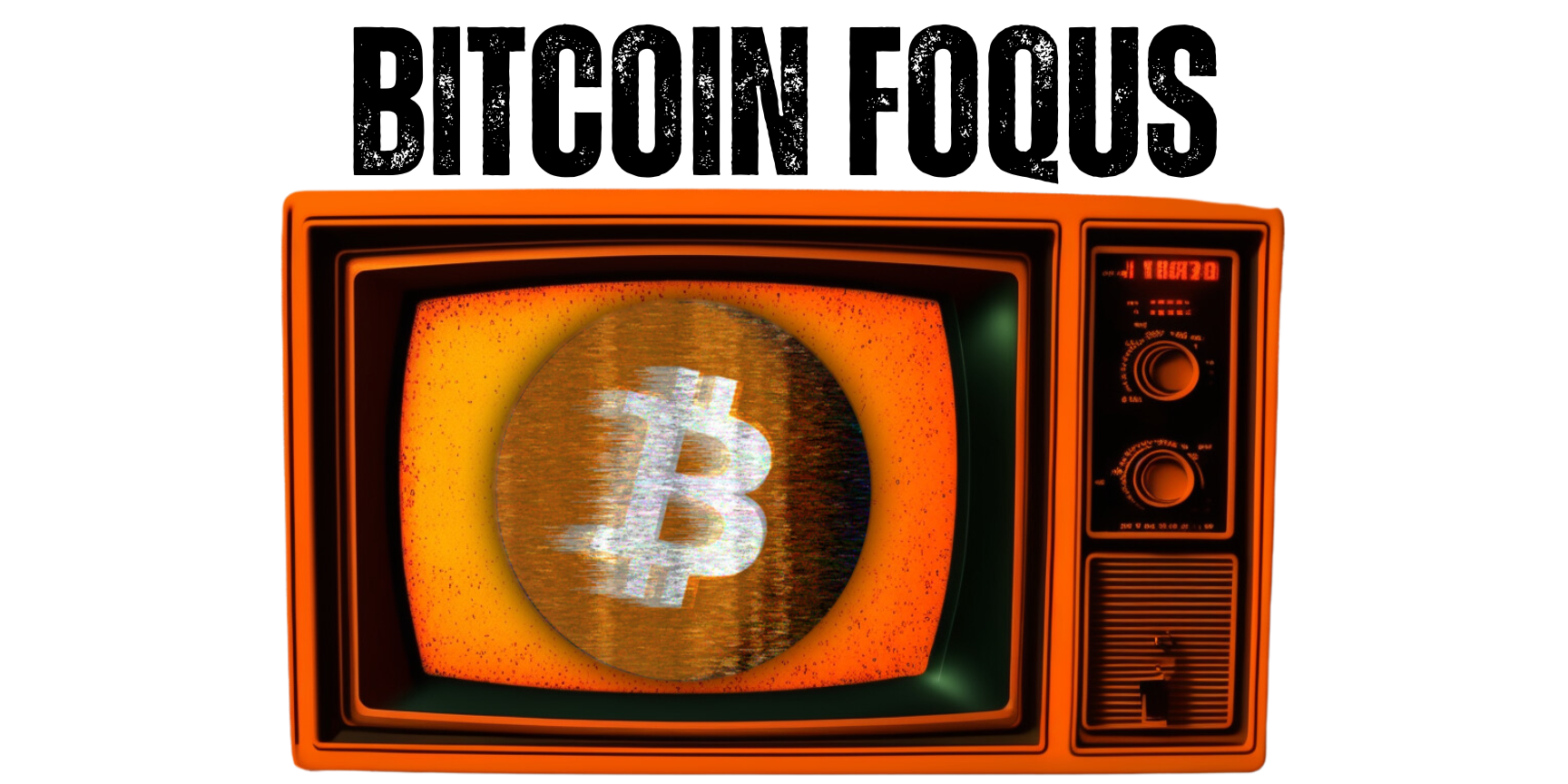
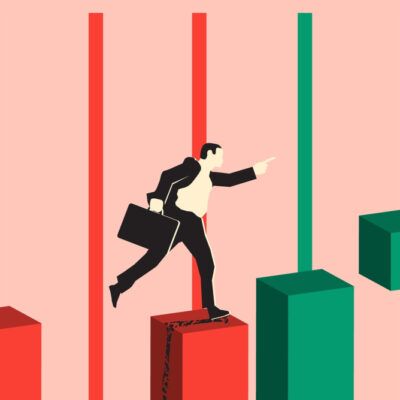
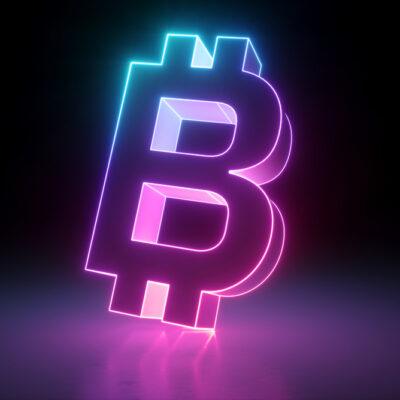
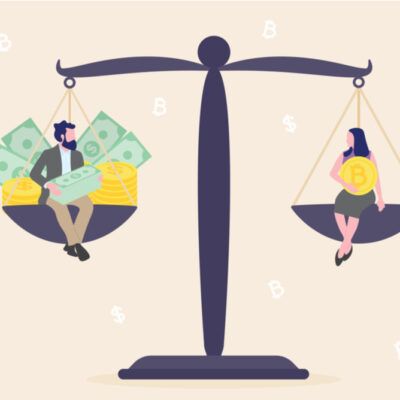
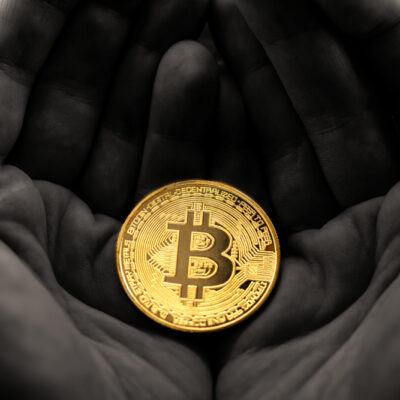
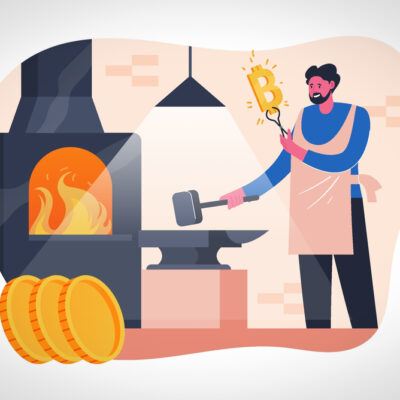
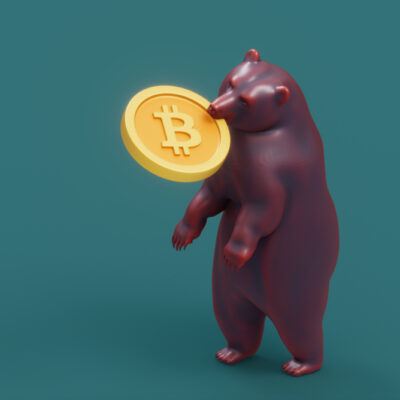
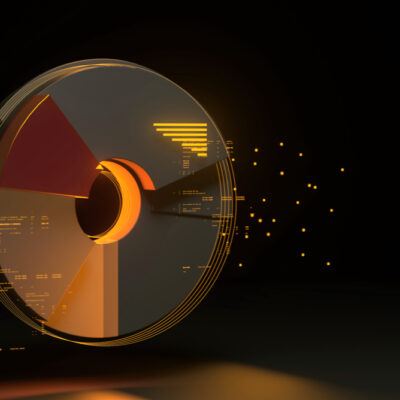



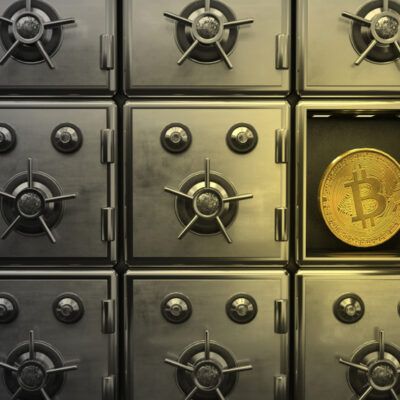
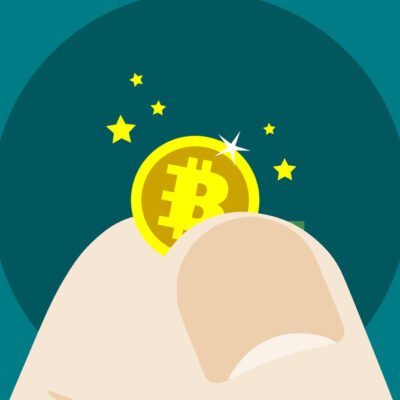
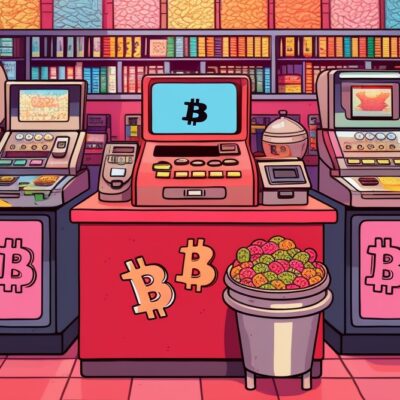
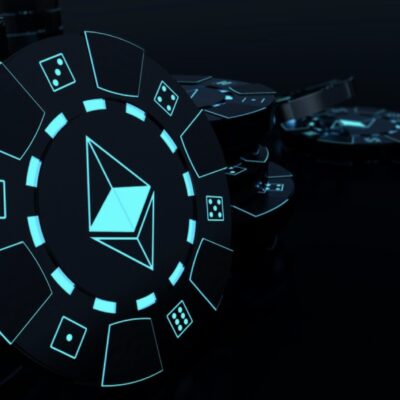
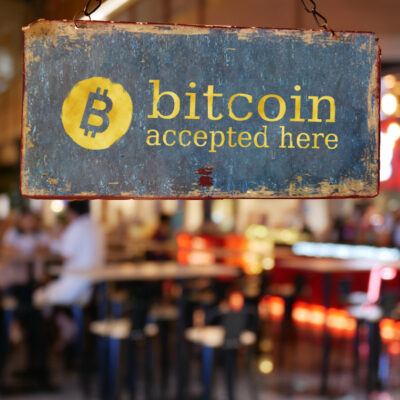

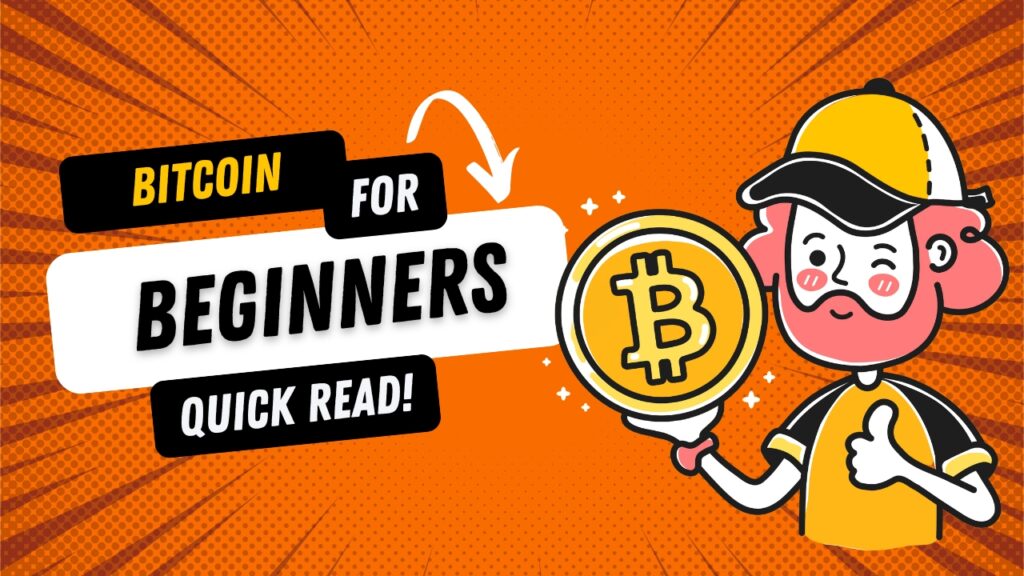
 How To Earn Bitcoin In 2023
How To Earn Bitcoin In 2023
Leave a Reply